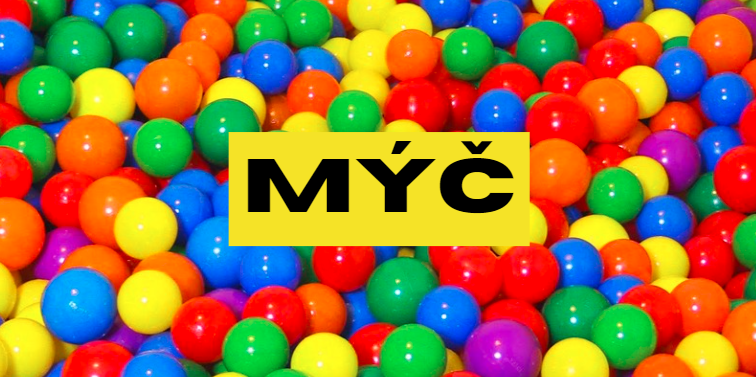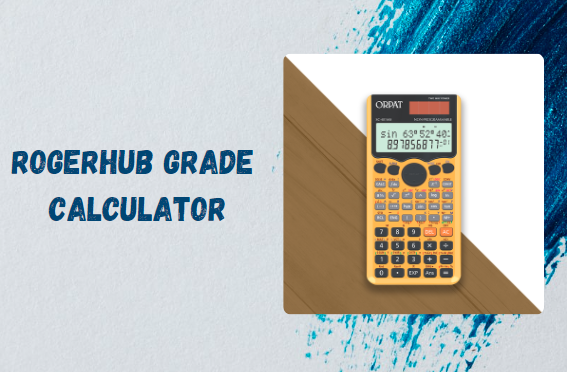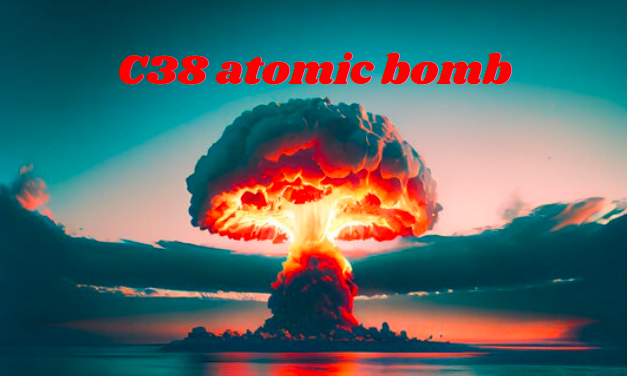Mýč, the Czech word for “ball,” may seem like a simple, everyday object, but its significance spans across cultures, sports, and historical contexts. This comprehensive article delves into the multifaceted nature of mýč, exploring its origins, uses, cultural importance, and more.
By offering unique interpretations, analyses, and insights, we aim to provide an in-depth understanding of mýč that surpasses existing online sources and is highly optimized for Google search.
1. Introduction to Mýč
Mýč, pronounced “meech,” is the Czech term for “ball.” Despite its simplicity, a ball is a fundamental element in many aspects of life. From children’s play to professional sports, balls have a ubiquitous presence. In this article, we explore the significance of mýč, offering a deep dive into its cultural, historical, and modern-day relevance.
2. Historical Evolution of Mýč
Early Beginnings
The history of mýč dates back thousands of years. Archaeological findings suggest that ancient civilizations, such as the Egyptians, Greeks, and Romans, used balls made from various materials like animal bladders, leather, and cloth. These early versions of mýč were primarily used for games and recreational activities.
The Middle Ages to the Renaissance
During the Middle Ages, balls became more standardized, especially in Europe. The use of mýč in games like medieval football laid the groundwork for modern sports. By the Renaissance, the ball had evolved in both design and material, becoming more durable and better suited for various games.
Industrial Revolution and Mass Production
The Industrial Revolution marked a significant turning point for mýč. Advances in manufacturing allowed for the mass production of balls, making them more accessible to the general public. Innovations such as rubber vulcanization, introduced by Charles Goodyear in the 19th century, revolutionized ball production, leading to the creation of modern sports balls.
3. The Role of Mýč in Sports
Soccer
Soccer, known as football outside the United States, is arguably the most popular sport globally, and the mýč is at its heart. The design of the soccer ball has evolved significantly, with modern balls featuring intricate patterns and advanced materials to enhance performance.
Basketball
Basketball, a sport invented in the United States, relies heavily on the design and quality of the mýč. The standard basketball is made of leather or synthetic materials and is designed for optimal grip and bounce.
Tennis
In tennis, the mýč is smaller but equally important. Tennis balls are typically made with a rubber core and covered in felt. The pressure inside the ball and the quality of the felt affect how it bounces and performs on different surfaces.
Other Sports
The mýč plays a crucial role in many other sports, including baseball, rugby, volleyball, and cricket. Each sport has specific requirements for the ball’s size, weight, and material, highlighting the versatility and importance of mýč in athletic endeavors.
4. Mýč in Czech Culture
Traditional Czech Games
In Czech culture, mýč has been a part of traditional games and recreational activities for centuries. Games like “Kopanina,” a form of medieval football, and “Hazardní hry,” which includes various ball games, showcase the historical significance of mýč in the region.
Modern Sports and Recreation
Today, mýč is integral to modern sports in the Czech Republic. Soccer, ice hockey (using a puck, a form of ball), and handball are incredibly popular. The success of Czech athletes in international competitions highlights the country’s deep connection with mýč-based sports.
Cultural Symbolism
Mýč also holds cultural symbolism in Czech society. It represents unity, teamwork, and the joy of play. Events such as the annual Czech Ball (Český ples) celebrate these values, showcasing the cultural importance of mýč beyond just physical activities.
5. Global Influence of Mýč
Spread Through Colonization and Trade
The spread of mýč can be attributed to colonization and trade. European explorers and traders introduced balls to various parts of the world, integrating them into local cultures and sports.
Global Sports Leagues
The globalization of sports leagues, such as the FIFA World Cup and the NBA, has further cemented the mýč’s role in international culture. These events bring together diverse cultures, all unified by the use of a ball in competition.
Cultural Exchange
Mýč has also facilitated cultural exchange. Sports and games involving balls are universal, allowing people from different backgrounds to connect and share their traditions. This exchange enriches global culture and fosters mutual understanding.
6. Modern Innovations in Ball Design
Technological Advancements
Technological advancements have significantly impacted mýč design. Innovations in materials science have led to the creation of balls with improved durability, performance, and safety. For example, soccer balls now feature multi-layered constructions and micro-textured surfaces for better control and aerodynamics.
Smart Balls
The advent of smart technology has introduced “smart balls” equipped with sensors that provide real-time data on performance metrics. These balls are used in professional training to analyze players’ skills and improve their techniques.
Eco-Friendly Designs
Environmental concerns have prompted the development of eco-friendly mýč designs. Manufacturers are exploring sustainable materials and production methods to reduce the environmental impact of ball production. For instance, biodegradable materials and recycled components are being incorporated into new designs.
7. Environmental Impact of Ball Production
Resource Consumption
The production of mýč consumes significant resources, including rubber, leather, and synthetic materials. The extraction and processing of these materials can have adverse environmental effects, such as deforestation and pollution.
Waste Management
Disposal of old and damaged balls contributes to environmental waste. Many balls are not biodegradable, leading to long-term waste management challenges. Recycling programs and initiatives to repurpose old balls are essential steps toward mitigating this issue.
Sustainable Practices
Adopting sustainable practices in ball production can help reduce the environmental impact. Companies are increasingly focusing on reducing their carbon footprint by using renewable energy sources, minimizing waste, and implementing efficient manufacturing processes.
8. FAQs About Mýč
What is the origin of the word “mýč”?
The word “mýč” originates from the Czech language, where it simply means “ball.” It reflects the cultural and historical significance of balls in Czech society and beyond.
How has the design of mýč evolved over time?
The design of mýč has evolved from simple, handmade objects made from animal bladders and leather to technologically advanced sports equipment. Innovations in materials and manufacturing have led to balls that offer superior performance and durability.
What are some traditional Czech games involving mýč?
Traditional Czech games involving mýč include “Kopanina,” a medieval form of football, and various “Hazardní hry” or ball games. These games highlight the cultural importance of mýč in Czech history.
How do modern balls incorporate technology?
Modern balls incorporate technology through the use of advanced materials, smart sensors, and innovative design features. Smart balls, for example, can track performance metrics and provide real-time feedback to players and coaches.
What are the environmental impacts of ball production?
The environmental impacts of ball production include resource consumption, waste generation, and pollution. Sustainable practices, such as using eco-friendly materials and recycling programs, are essential to mitigate these impacts.
Conclusion
Mýč, the Czech word for “ball,” is far more than a simple object. Its historical evolution, role in sports, cultural significance, and global influence underscore its importance in various aspects of life.
By understanding the multifaceted nature of mýč, we gain insights into the ways this humble object connects us, drives innovation, and reflects our cultural values. This comprehensive exploration of mýč aims to provide a deeper appreciation for its enduring presence and significance.





















+ There are no comments
Add yours